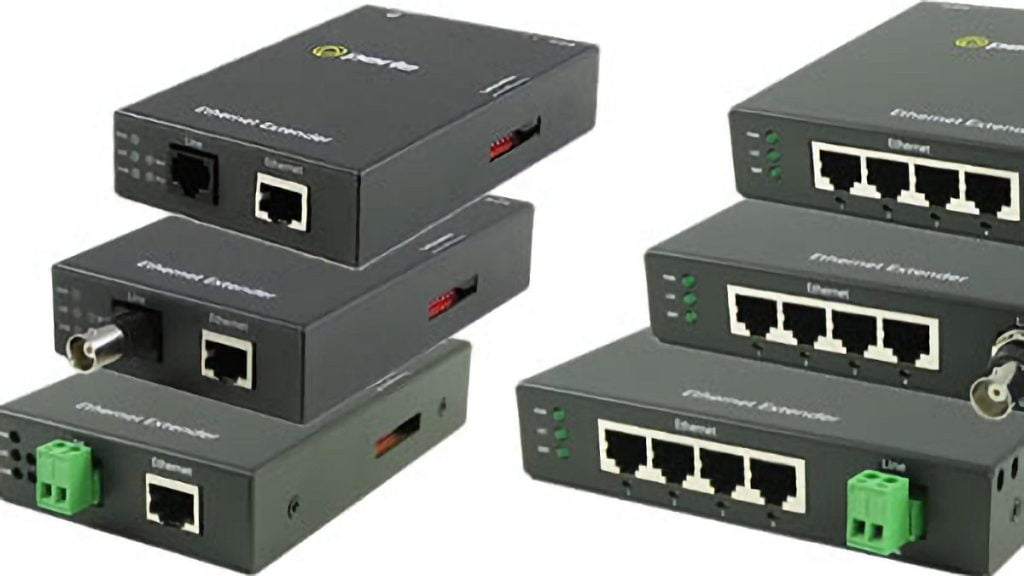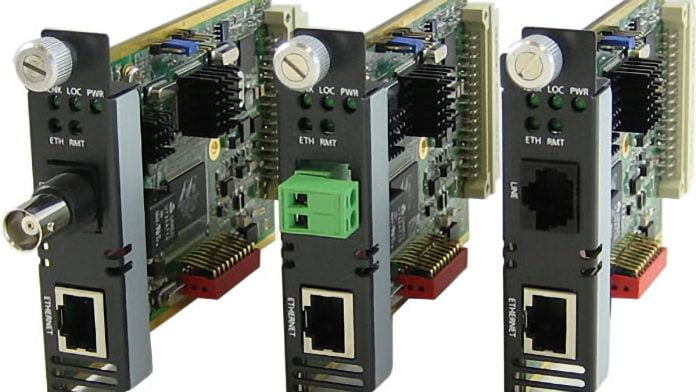Old Fibre Poor Performance In Short Haul Applications?
Old Fibre Poor Performance – Is it true that when first developed fibre optic transmission systems were victim of dreadful attenuation problems over longer runs – worse even than amplified coax that can still be used to carry IP signals today? How long has it been since fibre optics have been a better option than coax with ethernet extenders?
A: What you say about early fibre optic attenuation is quite true. When the very first glass clad fibres were developed from 1950 to 1967, fibre attenuation ran at about 1000dB per kilometre, a rate that made the technology unsuitable for commercial comms purposes.
But this situation didn’t last long. By 1970 attenuation had dropped to just 20dB per kilometre, by 1972 it was 4dB per kilometre and in 1973 the figure was 2dB per kilometre. Even as far back as 1973 it was clear to anyone paying attention that long-haul broadband routes would one day be dominated by fibre optic cable.

Cost and installation complexity of fibre means that in some applications coax still performs adequately in medium distance runs of several kilometres and because coaxial cable is so widely used across many industries, the manufacturing cost is still lower than that of fibre.
Old Fibre Poor Performance In Short Haul Applications
It’s tough to recommend coax over fibre. Fibre is faster, carries more data, lasts longer. Another exceptional feature of fibre compared to coaxial cable (thanks, Vlado) is that there’s no induction from external EMR, including lightning strikes, which is critical in lightning prone areas.
But there may be an argument to be made for the use of extenders to repurpose existing coaxial cable if the quality of cable and its supporting infrastructure remains high, and your client’s budget remains low.
For example, Perle Ethernet Extenders transparently extend 10/100/1000 Ethernet connections across copper wiring using single twisted pair ( CAT5/6/7 ), coax or any existing copper wiring previously used in alarm circuits, E1/T1 circuits, RS-232, RS-422, RS-485, CCTV and CATV applications.
These simple point-to-point Ethernet copper extenders are designed for commercial buildings, residential units, hospitality environments, connecting a remote office or private-network backbone to a corporate LAN … anywhere you need Ethernet communication links between separated LANs or LAN devices (i.e. PCs, digital sensors, VoIP phones, WiFi APs, IP cameras and more).
Perle’s features such as Link pass-through, interlink fault feedback, and loopback allow network administrators efficient troubleshooting and less on-site maintenance.
You can find out more about Perle Ethernet extenders here or read more SEN news here.
“Old Fibre Poor Performance In Short Haul Applications?”












